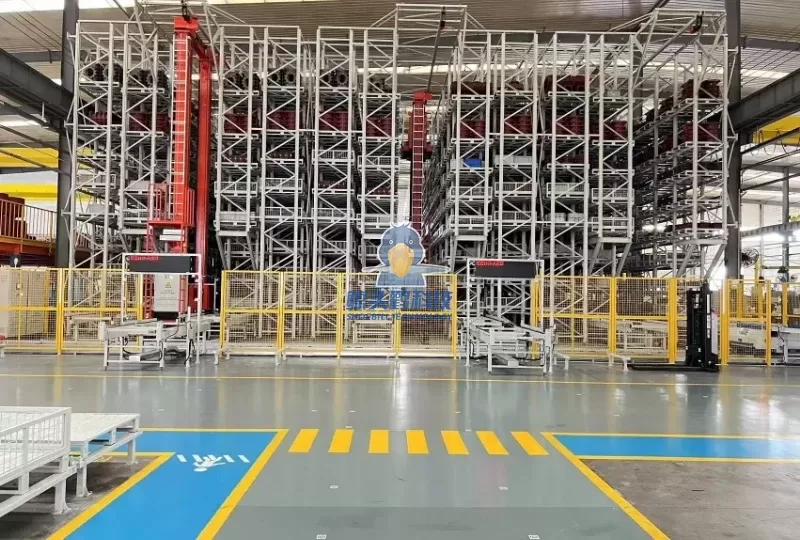In the ever-evolving landscape of cybersecurity, firewalls have long been regarded as the first line of defense against unauthorized access and cyber threats. However, as cybercriminals develop increasingly sophisticated tactics, the question arises: What is stronger than a firewall? This article delves into advanced cybersecurity strategies and technologies that can complement and enhance firewall protection, ensuring a more robust security posture for organizations.
Understanding the Limitations of Firewalls
Before exploring alternatives, it is crucial to understand the inherent limitations of firewalls. Traditional firewalls primarily operate on a set of predefined rules that filter incoming and outgoing traffic based on IP addresses, protocols, and ports. While effective against known threats, firewalls can struggle with:
- Encrypted Traffic: With the rise of HTTPS, much of the web traffic is encrypted, making it difficult for firewalls to inspect the content for malicious payloads.
- Insider Threats: Firewalls are designed to protect against external threats, but they often fail to detect threats originating from within the organization.
- Zero-Day Vulnerabilities: Firewalls cannot protect against unknown vulnerabilities that have not yet been identified or patched.
Given these limitations, organizations must adopt a multi-layered approach to cybersecurity that goes beyond traditional firewalls.
Advanced Cybersecurity Solutions
- Intrusion Detection and Prevention Systems (IDPS)
IDPS solutions monitor network traffic for suspicious activity and can take action to block or mitigate threats in real-time. By analyzing traffic patterns and employing anomaly detection, IDPS can identify potential intrusions that a firewall might miss. These systems can be configured to alert security teams, allowing for a rapid response to emerging threats.
- Endpoint Detection and Response (EDR)
As remote work becomes more prevalent, securing endpoints—such as laptops and mobile devices—has become critical. EDR solutions provide continuous monitoring and response capabilities for endpoint devices. They can detect advanced threats, including malware and ransomware, that may bypass traditional firewalls. EDR solutions often include behavioral analysis, allowing them to identify suspicious activities based on user behavior.
- Security Information and Event Management (SIEM)
SIEM systems aggregate and analyze security data from across the organization, providing a comprehensive view of the security landscape. By correlating events from various sources, SIEM can identify patterns indicative of a security breach. This holistic approach allows organizations to respond proactively to potential threats, rather than relying solely on firewall rules.
- Threat Intelligence Platforms
Integrating threat intelligence into your cybersecurity strategy can significantly enhance your defenses. Threat intelligence platforms aggregate data from various sources, providing insights into emerging threats and vulnerabilities. By staying informed about the latest attack vectors and tactics used by cybercriminals, organizations can adjust their security measures accordingly, often preemptively blocking threats before they reach the firewall.
- Zero Trust Architecture
The Zero Trust model operates on the principle of never trust, always verify. This approach assumes that threats can exist both outside and inside the network. By implementing strict access controls, continuous authentication, and micro-segmentation, organizations can limit the potential damage from a breach. In a Zero Trust environment, firewalls serve as one component of a broader security strategy, rather than the sole line of defense.
- Multi-Factor Authentication (MFA)
MFA adds an additional layer of security by requiring users to provide multiple forms of verification before gaining access to sensitive systems. This can significantly reduce the risk of unauthorized access, even if a user's credentials are compromised. By implementing MFA, organizations can bolster their defenses against phishing attacks and credential theft, which are common tactics used to bypass firewalls.
Conclusion: A Holistic Approach to Cybersecurity
While firewalls remain a vital component of network security, they are no longer sufficient on their own. As cyber threats become more sophisticated, organizations must adopt a multi-layered cybersecurity strategy that incorporates advanced technologies and practices. By leveraging IDPS, EDR, SIEM, threat intelligence, Zero Trust architecture, and MFA, businesses can create a robust defense that is stronger than any firewall.


